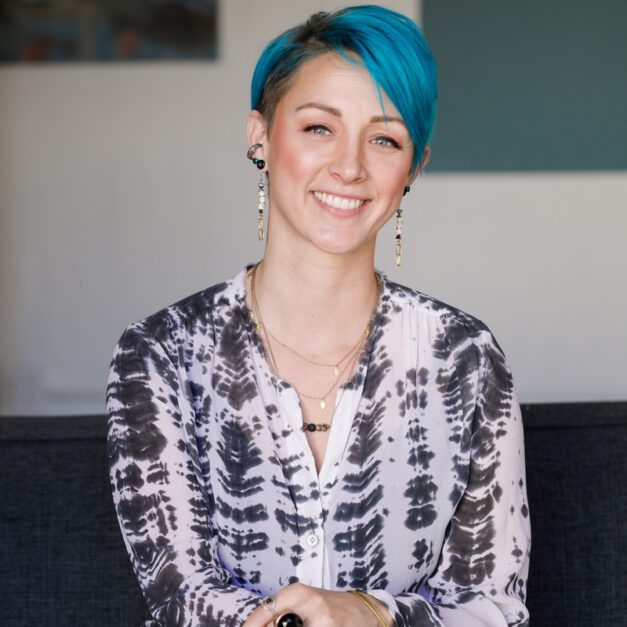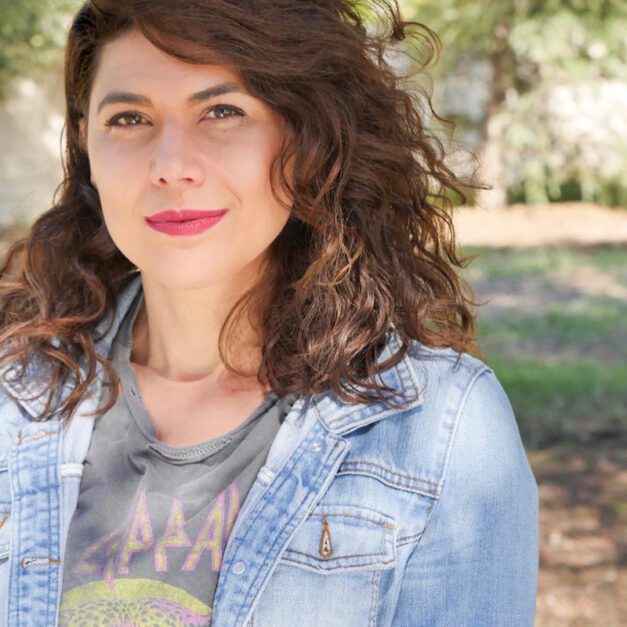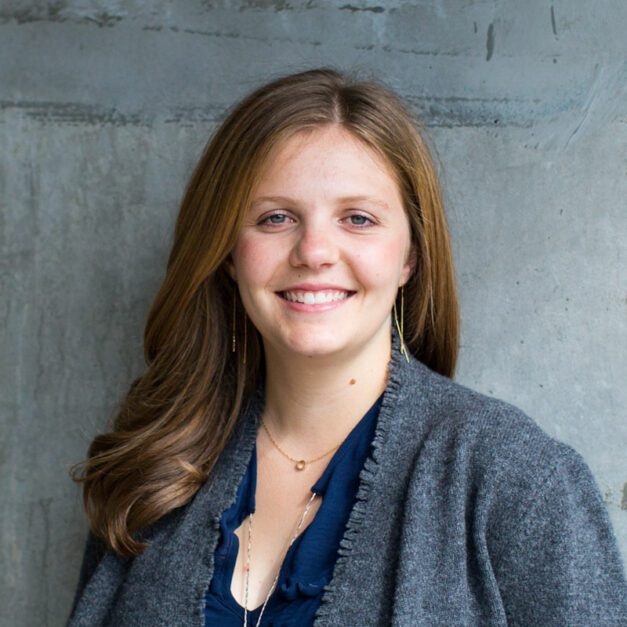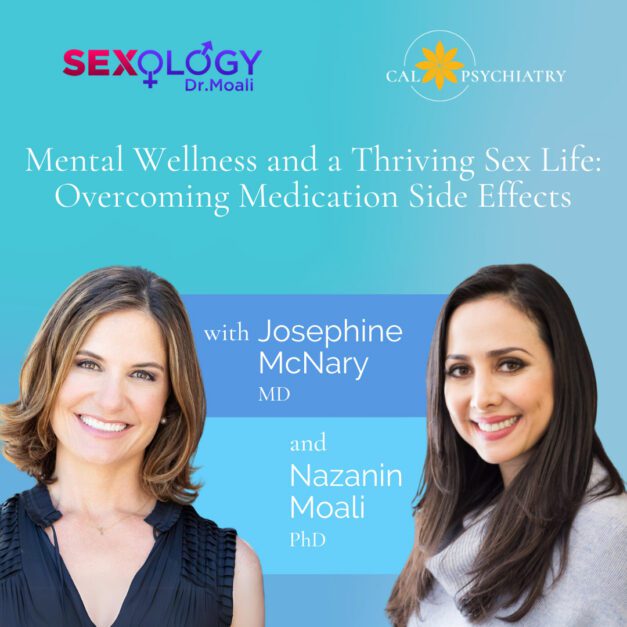Seasonal affective disorder, also known as seasonal depression, is a kind of depression that plagues people during the same time period each year. While it can happen anytime, most sufferers struggle during the winter months due to less sunlight. Some proactive preparation can help stave off seasonal depression during this upcoming winter.
“Seasonal affective disorder” (aka “SAD” or seasonal depression) is a specific type of depressive disorder that affects people at around the same time each year. To meet criteria, a person needs to exhibit the depressive symptoms during the season for at least two years and have no episodes outside of the seasonal depression. For most people, SAD typically plagues them during the winter/fall months, when sunlight is more fleeting; but theoretically SAD can occur during any season. While it’s not fully understood, experts believe that the mechanism behind SAD may have to do with less serotonin production. Serotonin can be thought of as one of the key brain players in mood regulation, and sunlight exposure is a main trigger for serotonin production. Therefore, in months where we are spending more time indoors and less time exposed to sunlight, serotonin production can be affected and cause dips in our mood.
With almost a full year under our belts of social distancing and pandemic-related isolation, mental health experts caution people who already suffer from SAD to prepare for what could be a tough few months. To cope with gyms being closed and social gatherings being put on hold due to COVID-19, a lot of people have resorted to physical exercise and safe, small gatherings outside. They are safely reducing their risk of viral transmission and also getting exposure to sunlight, which is important for serotonin and vitamin D production (which has also been linked to mood stability). But now, as winter approaches, people will be spending more time indoors. Amidst the already difficult landscape of social isolation and pandemic anxiety, doctors worry SAD could be more debilitating this year. The APA’s senior director of health care innovation, Vaile Wright, comments that “[s]easonal affective disorder could be worse this year given how much we’ve relied on the outside as this sort of respite.”
But, all hope does not have to be lost! SAD sufferers and people in general can prepare for the coming months by creating what experts call their “mental health toolbox,” a sort of preparation kit to stay well during the lonelier winter months. Some tips include 1) planning a daily “self-care ritual” (i.e.- taking a warm bubble bath, journaling daily, or going on a long morning walk), 2) making the extra effort to stay engaged with friends (whether it’s with virtual hangouts or safe outdoor gatherings before it gets too cold). Another great tool particularly for SAD sufferers is the investment in light box therapy. Light therapy has been a well-studied form of treatment for SAD, and many physicians will recommend it as first line before a trial of medications for people with seasonal depression. While the FDA does not regulate light boxes, there are some helpful guidelines to follow in choosing one. The most important things to consider are the amount of lux the light box emits and to make sure that most UV light is filtered out. It is generally recommended for someone to spend around 20-30 minutes under the light when he/she awakens in the morning for maximum benefit.
A final tip is to engage in therapy. Even if you don’t suffer from SAD explicitly, reach out to us at CalPsychiatry and speak to one of our excellent physicians about starting therapy. With convenient telepsychiatry options, you can speak to one of our doctors in the comfort of your home.
There’s no time like the present to invest in your mental health and CalPsychiatry prioritizes keeping you well!





